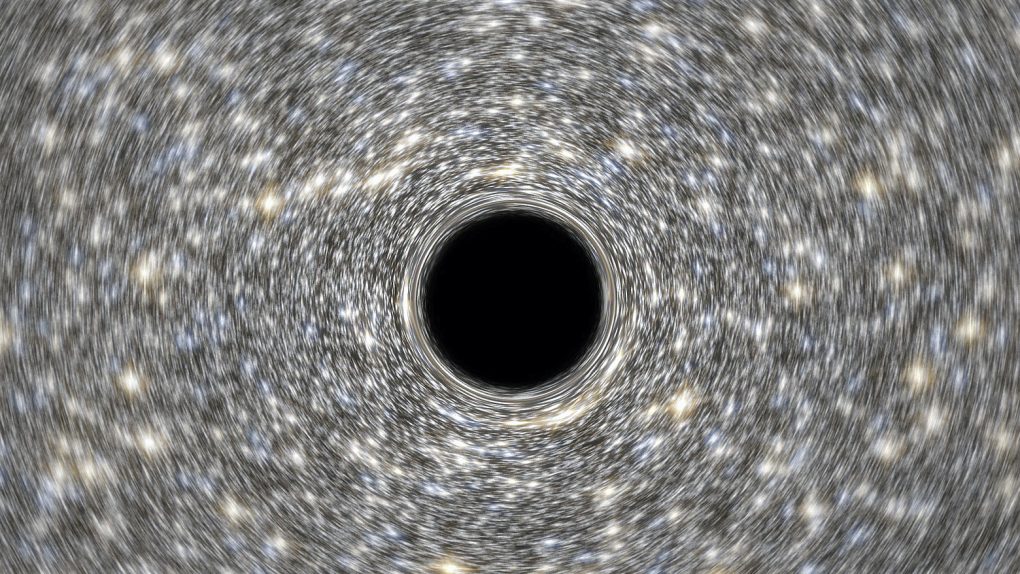Black holes are scary things. They suck in everything within their reach, and there’s no escaping their pull, even for something as massive as a star. When scientists have been lucky enough to spot a star being sucked in by a black hole the process is usually very quick — in astronomical terms, at least — with the “meal” wrapping up within about a year of Earth time. But sometimes the event last much, much longer, and researchers recently detailed their observation of a star so massive that when a nearby black hole ferociously tore it apart and devoured it, it took well over a decade.
Scientists can detect stars being destroyed by black holes thanks to X-ray flares that are produced as the star’s material is consumed. Using NASA’s Chandra X-ray Observatory as well as the European Space Agency’s XMM-Newton floating observatory, the team of scientists and collaborators from around the globe was able to track the slow destruction of the star. The researchers believe that the star was the single most massive star ever observed falling victim to a hungry black hole. The star was thought to have been twice the size of our own Sun.
The star’s destruction, which scientists believe took over 11 years from start to finish, provided researchers with valuable data about how black holes mature, which might come in handy some day, but hopefully not.








